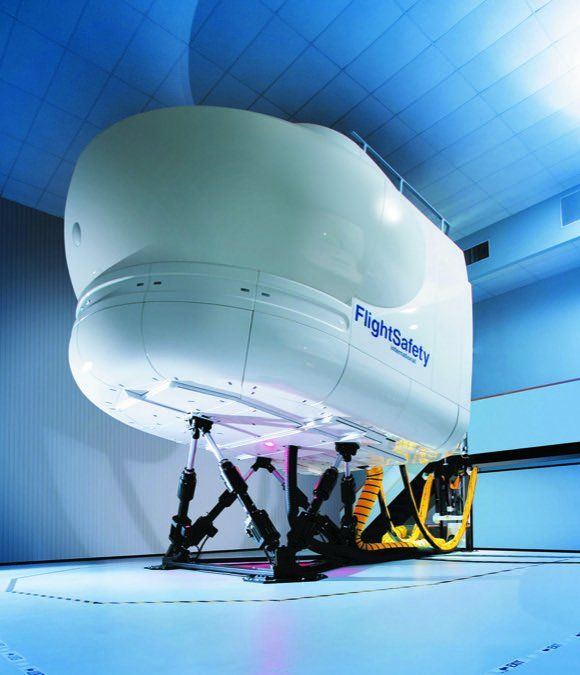It’s aviation’s Everest: the highest rating, the toughest to obtain and necessary to have to fly in the Part 121 airline world, and even in some portions of the Part 135 air taxi world. In reality, if you want to fly for a living, the chances are almost unity that you’ll need to hold an Airline Transport Pilot (ATP) rating to do so. Even in the corporate world, operating under Part 91, insurers want the pilots who haul mega-buck executives around to hold aviation’s Ph.D.
Because of space and complexity, this article is limited to the ATP for airplanes. We’ll start out by noting that there is a big difference between the single- and the multi-engine ATP. The single-engine version is plenty tough to obtain, with a minimum age requirement of 23, minimum experience of 1500 hours of flying time, a tough written exam and a practical test that requires demonstrating a serious ability to fly precisely.
As there are no single-engine Part 135 or 121 operations that require an ATP, what was once a rating obtained by pilots who had taken the ATP written, weren’t in a financial position to take the multi-engine ATP checkride within 24 months and didn’t want to have to take the written again, is now a rating almost no one pursues unless flying a single under circumstances where insurance requires an ATP.
Multi-Engine ATP
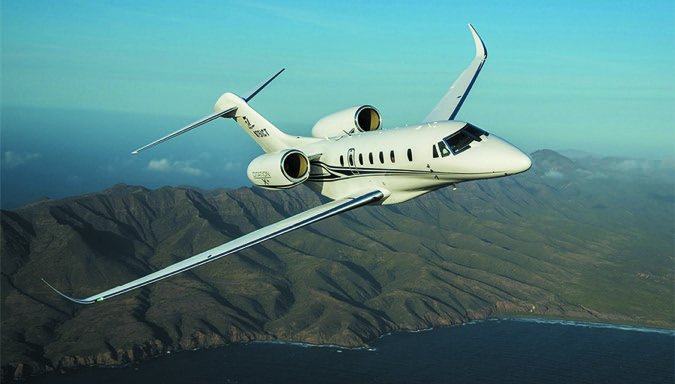
The multi-engine ATP requirements are complex-they are summarized in the sidebar on the following page. They reflect a desire by Congress and the FAA that all pilots flying in a multi-crew environment in larger jets have training specifically for that environment before flying passengers. The manner in which that desire was implemented was to require that someone working on the ATP rating must first complete an FAA-approved ATP Certification Training Program (CTP) involving a specified number of hours in a full-motion flight simulator and classroom training before even being allowed to take the written exam. Once those two hurdles have been cleared, and the applicant meets the age and experience requirements, he or she may take the checkride.
As we researched this article we learned that the current realities in the world of professional aviation are that regional and cargo airlines are paying the freight to put new hires through much of their ATP training. Because the FARs require that a first officer not only have an ATP, but also a type rating for the aircraft being operated, most new hires at regionals and smaller cargo operators take a combined ATP and type rating checkride.
Company-paid ATP training is not the case with the larger, legacy airlines-they still have the luxury of hiring pilots holding ATPs.
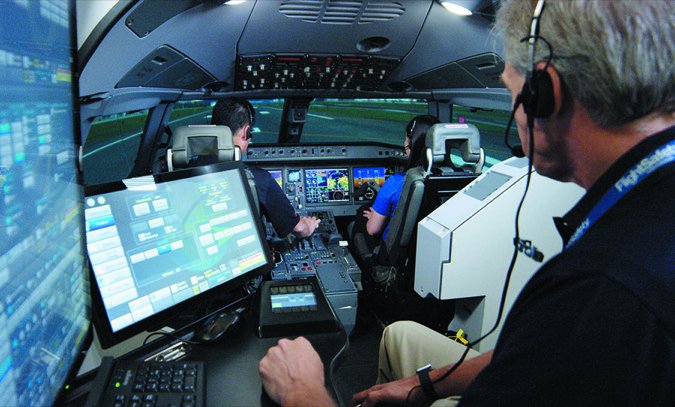
Nevertheless, the airlines that are doing ATP training look first at applicants who have an ATP, then at those who have passed the written (which means they’ve completed the expensive ATP-CTP) and then at those who have completed at least some of the work toward the rating-they have done their homework and are ready to take the written exam once they complete the ATP-CTP course.
We also found that military pilots seeking to go to the airlines were shooting for the legacy carriers and thus were getting the ATP on their own.
If you’re doing the ATP on your own, here’s what’s involved.
ATP-CTP
The ATP Certification Training Program must be administered by an entity that has received FAA approval for the program.
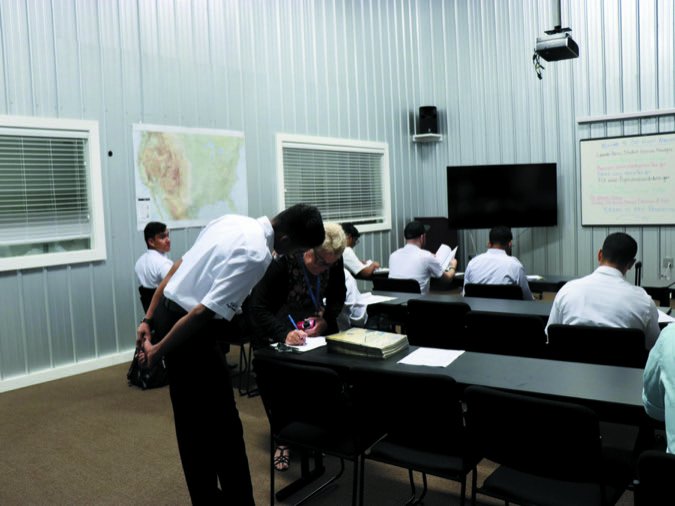
We’ll emphasize this right here-pay attention-while you have to complete the ATP-CTP prior to being able to take the ATP written, the ATP-CTP does not prepare you for the written exam. We thank Sporty’s Eric Radtke for brining this into focus for us. He said that Sporty’s has found that there is a fair amount of misinformation about the ATP-CTP floating around-more than a few of his company’s customers had to be told that the ATP-CTP is not ATP written prep. In checking websites of various training organizations, we were pleased to see that this fact is set out-none were hiding the ball.
The good news is that once you successfully complete the ATP-CTP you never have to take it again, even if you delay taking the ATP checkride for years.
The FAA requires that an ATP-CTP include a minimum of 30 hours of classroom instruction and 10 hours of simulator time, with at least six hours of that in a Level C or higher full flight simulator for a multi-engine jet with a max takeoff weight of at least 40,000 pounds.
The classroom instruction must include high-altitude aerodynamics, meteorology, air carrier operations, crew resource management and safety culture. Students must then get at least a score of 70 percent on a written examination.
Simulator Training
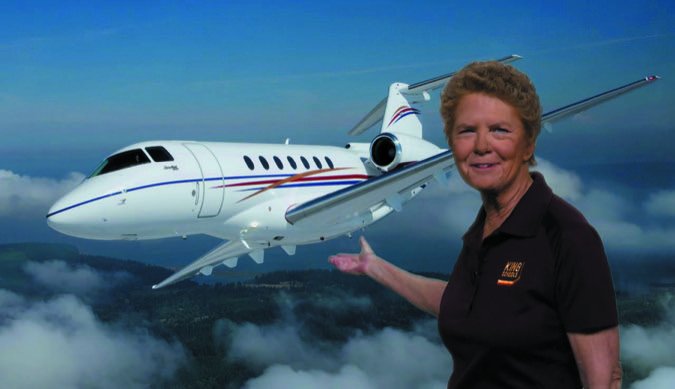
The simulator training requirement does not pertain to a particular type of jet, but introduces the student to large jet operations and requires training in low-energy states/stalls, upset recovery, adverse weather, flight management systems and automation. There is no checkride-if the student has passed the written exam and completes the 10 hours of simulator training, she or he is entitled to an ATP-CTP course completion certificate.
Perhaps because most pilots seeking an ATP are doing so as airline new hires, we found a limited number of training providers offering the ATP-CTP outside of structured college degree courses or contracts with airlines. We note that CAE Simuflite and FlightSafety International also offer ATP-CTP courses; however, they are only offered for crews of two, so you’ll need a friend to sign up with you.
During our review of ATP-CTP courses, we observed that all courses also included one of the realities of flying professionally-your simulator time may be at any hour of the day or night. Sims run 24 hours a day, so your time in the box may start at 2 a.m.
Sporty’s (www.sportys.com) charges $4595 and teams with ABX Air, a Part 142 training academy in Wilmington, Ohio. The course lasts five days-Monday through Friday. There are usually two classes per month with a maximum class size of six people. Payment in advance is required and there is no refund for canceling within 30 days of your class date. That is a reality in the simulator training world.
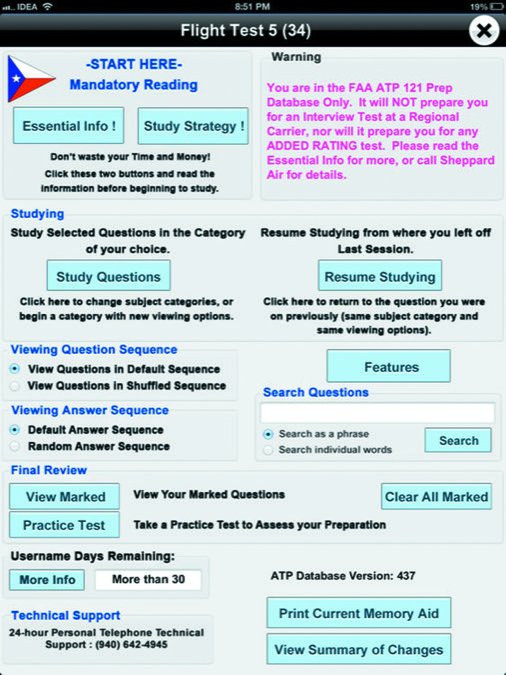
As with all of the companies we surveyed, some sort of financing is available. By paying with PayPal you can spread your payments over six months with no interest.
ATP (Airline Transport Professionals) (www.atpflightschool.com) offers its ATP-CTP for $4895. It’s a seven-day class held at its Dallas-area training facility. The program includes 30 hours of classroom time, four hours in a fixed-base flight training device and six hours in a full-motion simulator. Written test preparation is available for an additional $200.
The Written
The multi-engine ATP written (ATM) is unique among FAA knowledge tests in that a passing score is good for 60 months. That means that those who take the ATP-CTP and ATM as part of a college program have plenty of time to build up the required hours for taking the ATP checkride.
By the time someone has gotten to the position of prepping for the ATM we think that he or she is probably an old hand at taking FAA exams. Nevertheless, there is enough beyond the instrument and commercial writtens in the ATM, notably high-altitude aerodynamics and weather and flight planning for jets, that we recommend shelling out for one of the commercially available written test prep courses.
Sheppard Air (www.sheppardair.com) offers its test prep software for $85, with a money-back guarantee. It’s a pure written test prep-you study ATM questions and answers. That’s it; there’s no coursework, just the questions and answers. Sheppard offers 24-hour-a-day customer service by phone, so you can get help anytime as you study. In our research for this article a number of the people we spoke with recommended having completed the Sheppard’s test prep before attending an ATP-CTP and then taking the written in the next day or so.
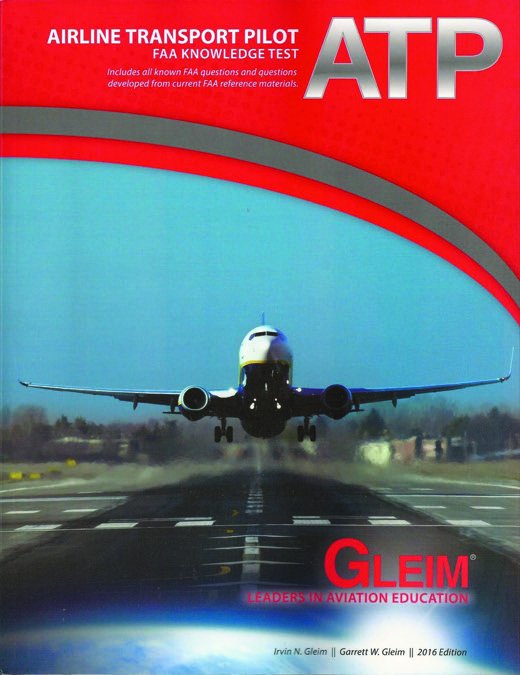
For $279, King Schools (www.kingschools.com) offers an online or DVD video ATM course with interactive test prep and unlimited random tests. It is a full ATP course, not just test prep. Running time for all of the videos is approximately 11.5 hours. The interactive test prep allows the student to identify and concentrate on weak areas.
Gleim’s (www.gleimaviation.com) online ATM course is priced at $109.95. The average course length is 35 hours. For those who complete the course, Gleim guarantees passing the ATM the first time or the course price is refunded.
For $74.95 ASA (www.asa2fly) offers its test prep bundle-its test prep book and software download (with 24 months of access). It is a test prep course, not an ATP training course; however, the test prep materials include explanations for correct and incorrect test answers and references for further study.
Sporty’s is a reseller for ASA’s ATM test prep materials. It also offers training for the practical test in a Piper Aztec for $2452 plus a $25 package of materials needed for flight training in the Aztec. We were told that for pilots who are multi-engine and instrument current the course is popular for those who want to take Sporty’s ATP-CTP followed immediately by the ATM and then the flight test.
Getting the Atp: Figuring out The Requirements
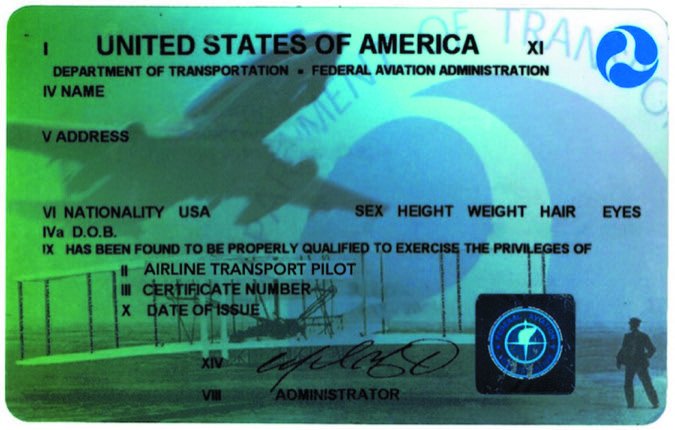
Attempting to sort through the complexities of the multi-engine ATP eligibility requirements in FAR Part 61 can be frustrating enough to cause a pilot to want to stick his head in the oven and turn on the gas. At first blush it appears that an applicant has to be 23 years old, have 1500 hours of flight time and be of good moral character-unless it’s the second full moon of the month and then she only needs 1000 hours of flying time and can be 21 years old, if she has a degree in understanding aviation legalese issued by a four-year college.
OK. It’s not quite that bad, but it can take some parsing of the language to understand. Because of the credit given by the FAA for graduation from aviation programs offered by institutions of higher learning, we think that any young person who has not yet attended college and wants to fly for a living-even if he or she hasn’t even obtained a private ticket-should understand the ATP eligibility requirements before making the decision whether, and where, to attend college. The credit the FAA gives for pilots who graduate from qualifying programs can potentially get them into an airline pilot slot in a big hurry.
So, we’ll break down the requirements to see where the FAA gives credit for certain military experience or college education and turning what were once hard-and-fast requirements into flexible ones.
There are two requirements that are fixed-the applicant has to read, speak, write and understand English (after years of giving this a nod and wink, it’s being taken seriously) and has to be of good moral character. The FAA doesn’t say how to prove one’s moral character, although, in practice, the FAA assumes the applicant meets the requirement. However, if the applicant has a history of conviction of a crime, usually a felony involving moral turpitude, she or he may find that the FAA says she or he cannot ever hold an ATP. We’ve seen two cases in which an FAA inspector figured out that applicants had forged entries in their logbooks and disqualified them from ever obtaining an ATP.
• Age: To hold an unrestricted ATP you have to be 23 years of age. There is a restricted ATP that allows a pilot to fly as first officer, not captain. The minimum age is 21 and the required aeronautical experience is set out in Part 61.160.
• Training Requirements: Prior to taking the knowledge exam (written) an applicant must complete an ATP-Certification Training Program offered by an FAA-approved training facility. The applicant must show the graduation certificate to take the written.
• Aeronautical Experience, Unrestricted ATP: This is where things get interesting. The basic requirements are 1500 total hours of pilot time; 500 hours of cross-country time; 100 hours of night time; 50 hours in the class (multi-engine) of airplane for the rating sought (25 hours in a full flight simulator can be credited toward the 50); 75 hours of instrument time (there are specific credits for simulator time); and 250 hours of PIC (with credit for SIC time) including: 100 hours of cross-country time and 25 hours of night time. The experience requirement is further broken down with credits and/or limits for simulator time, night takeoffs and landings, specified SIC time and time as a flight engineer.
• Aeronautical Experience, Restricted ATP: Here is where going to the right school or flying for the military can bootstrap a pilot into the ATP with significantly less flying time than 1500 hours.
Military: A U.S. military pilot or former military pilot who graduated from U.S. Armed Forces undergraduate pilot training school and received a rating qualification as a military pilot may obtain a restricted ATP with 750 hours of total flying time.
Higher Education 1: A bachelor of aviation degree graduate (usually a four-year degree) of a college or university approved by the FAA and whose training program meets FAA requirements may obtain a restricted ATP with 1000 hours total flight time.
Higher Education 2: An associate of aviation degree graduate (usually a two-year degree) of a college or university approved by the FAA and whose training program meets FAA requirements may obtain a restricted ATP with 1250 hours of flight time.
Short on cross-country time? A pilot with 1500 hours total time and at least 200 hours of cross-country time, but less than the 500 hours required for an unrestricted ATP, may obtain a restricted ATP.
• Turning a restricted ATP into an unrestricted ATP: Once you have a restricted ATP, all you have to do to have the restriction removed is meet the unrestricted age requirement and aeronautical experience requirements of an unrestricted ATP and provide “satisfactory evidence” to the FAA of having done so.
Yes, figuring out the eligibility requirements for the ATP takes a little effort. However, if you’re in high school and want to fly professionally, taking the time to understand the requirements for a restricted ATP may mean that the college degree you decide to obtain may allow you to pick up your ATP with 1000 hours of flight time rather than 1500. In our opinion, that’s worth taking the time to understand how the system works.
Conclusion
The multi-engine ATP requires the serious application of cash and hard work. In the aviation world where everything always seems hideously expensive, we were pleased to find that ground school and written test prep courses were so reasonably priced.
We also recommend that anyone thinking of college and a professional flying career look hard at attending an FAA-approved two- or four-year college and getting an aviation degree that allows obtaining an ATP with fewer than 1500 hours total time.

